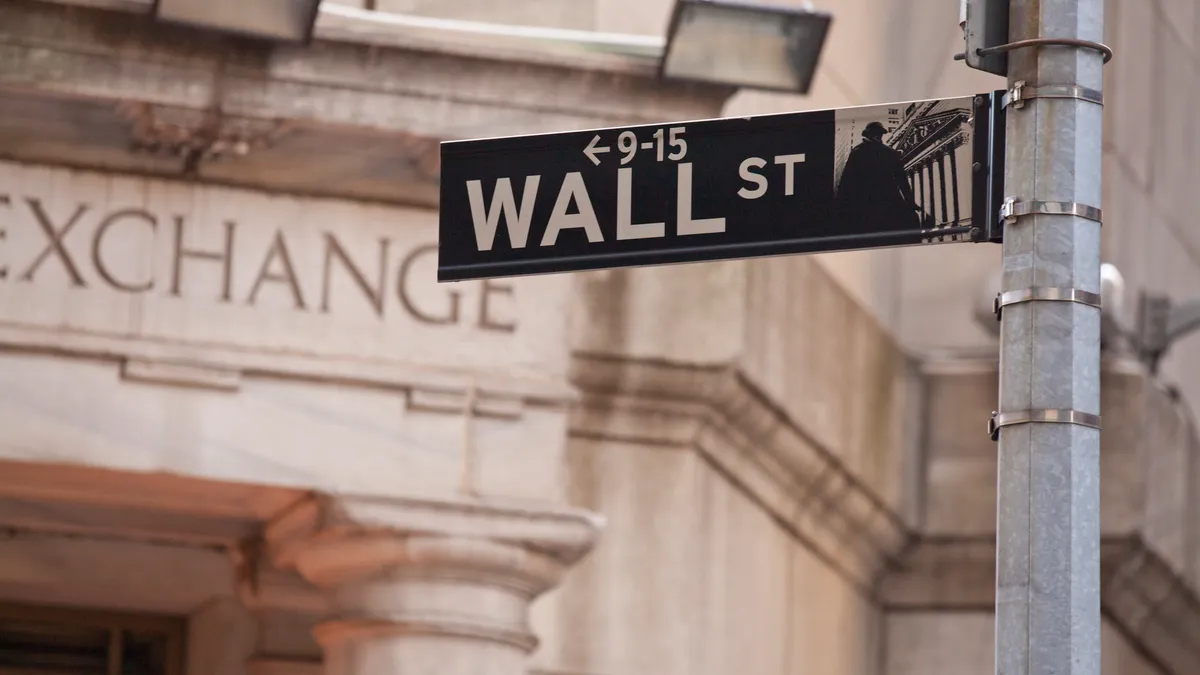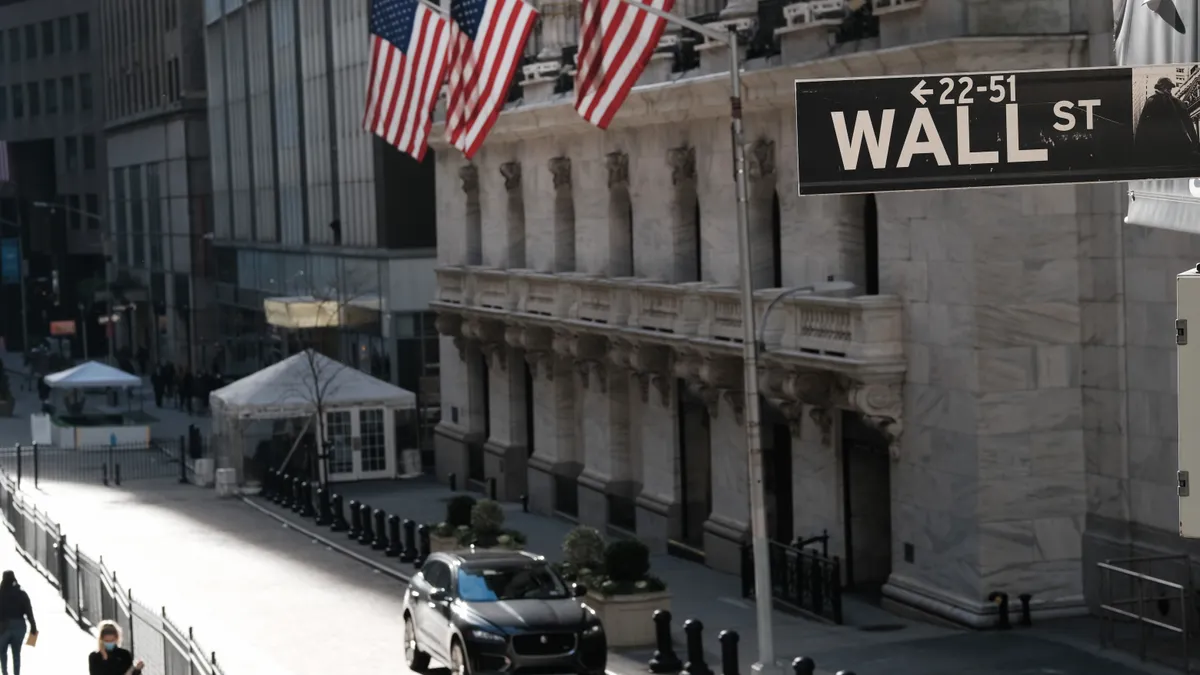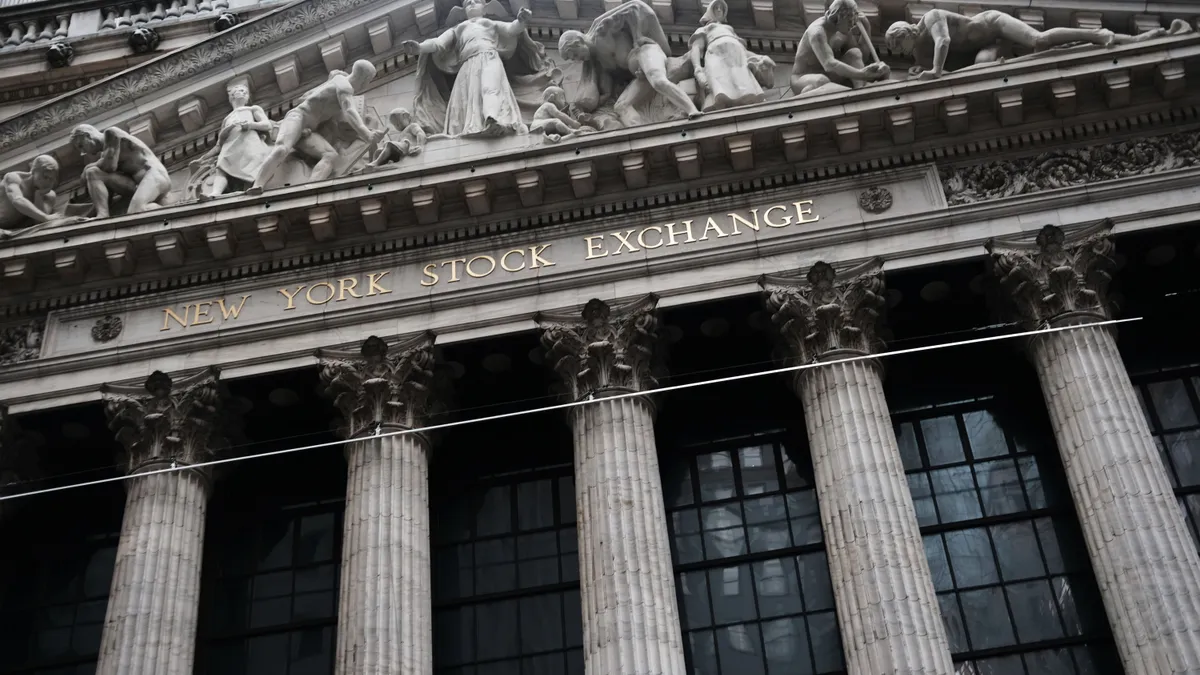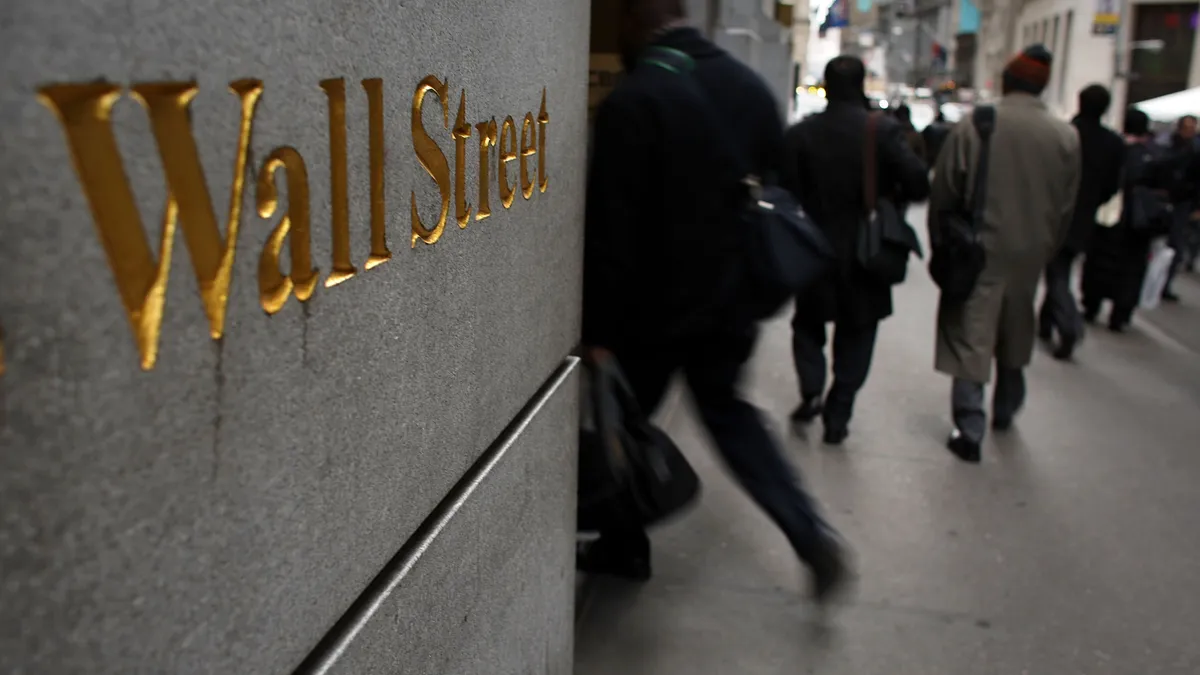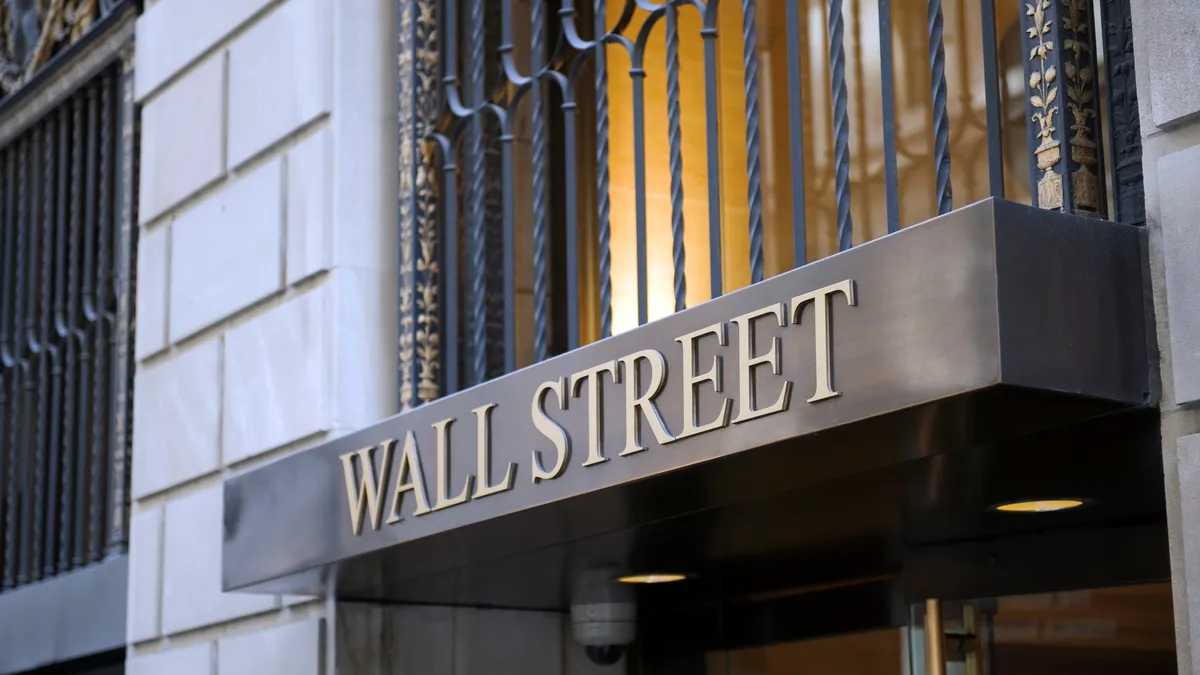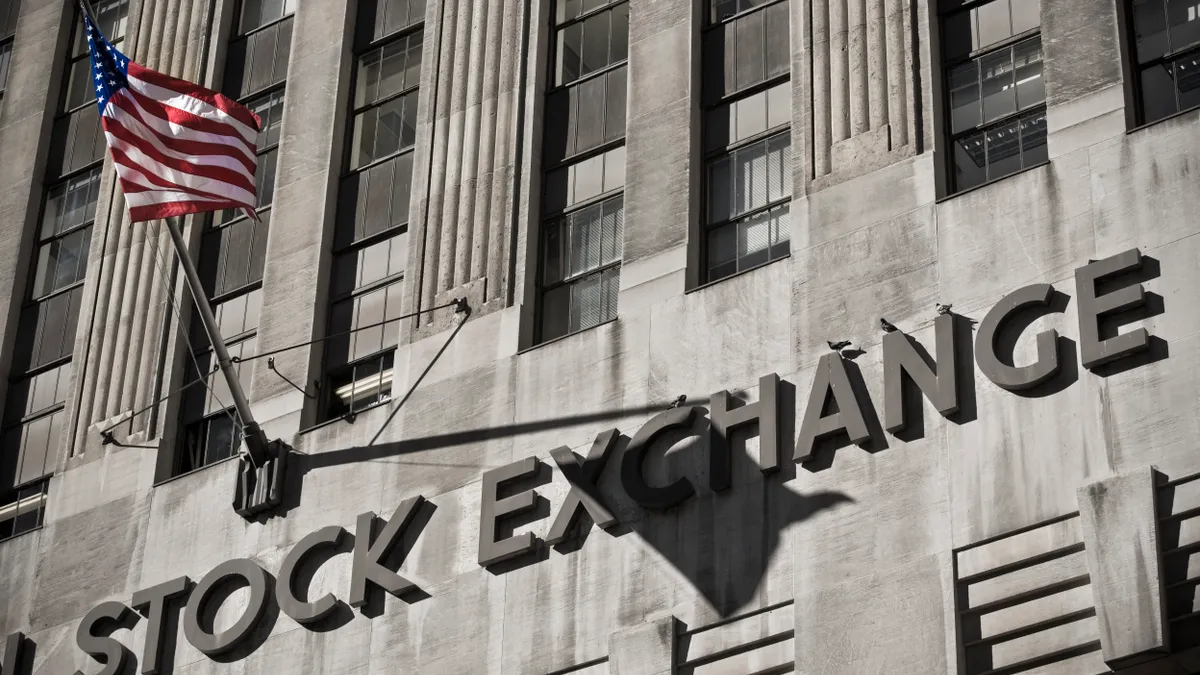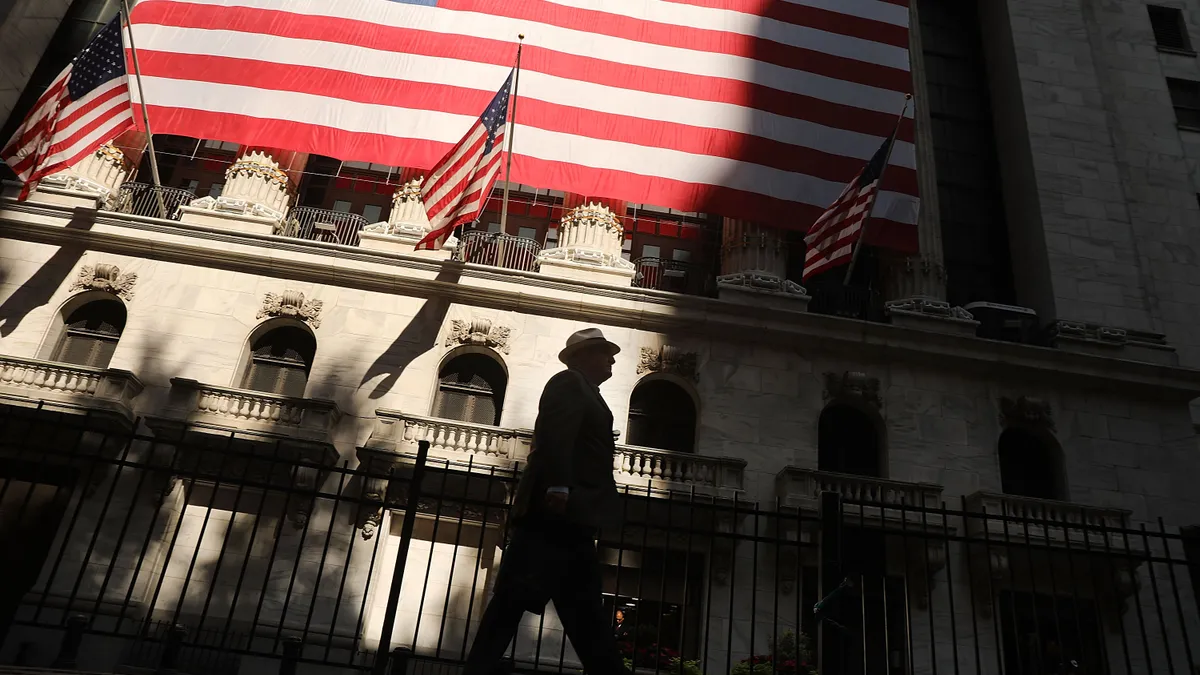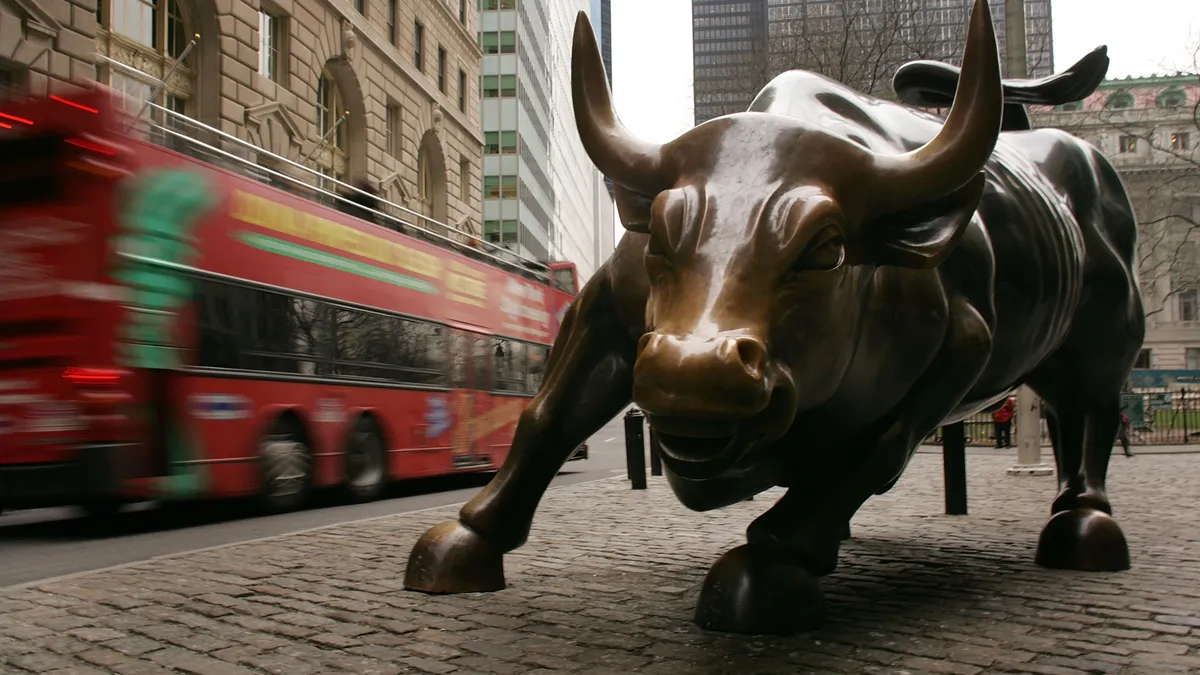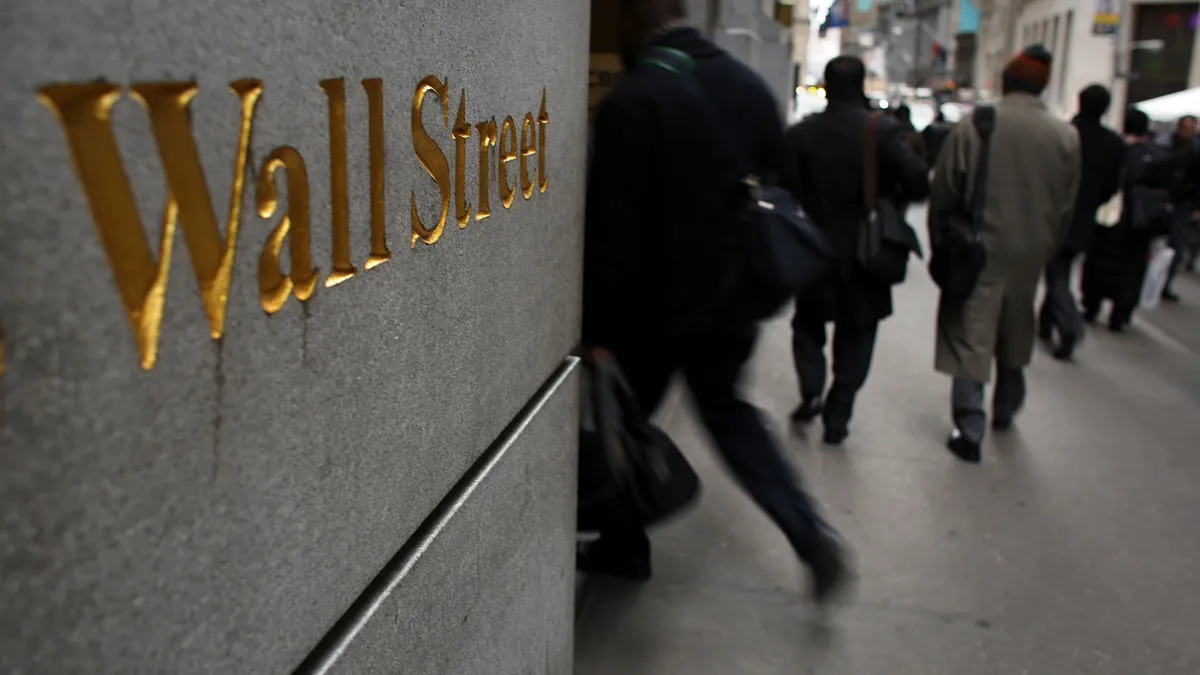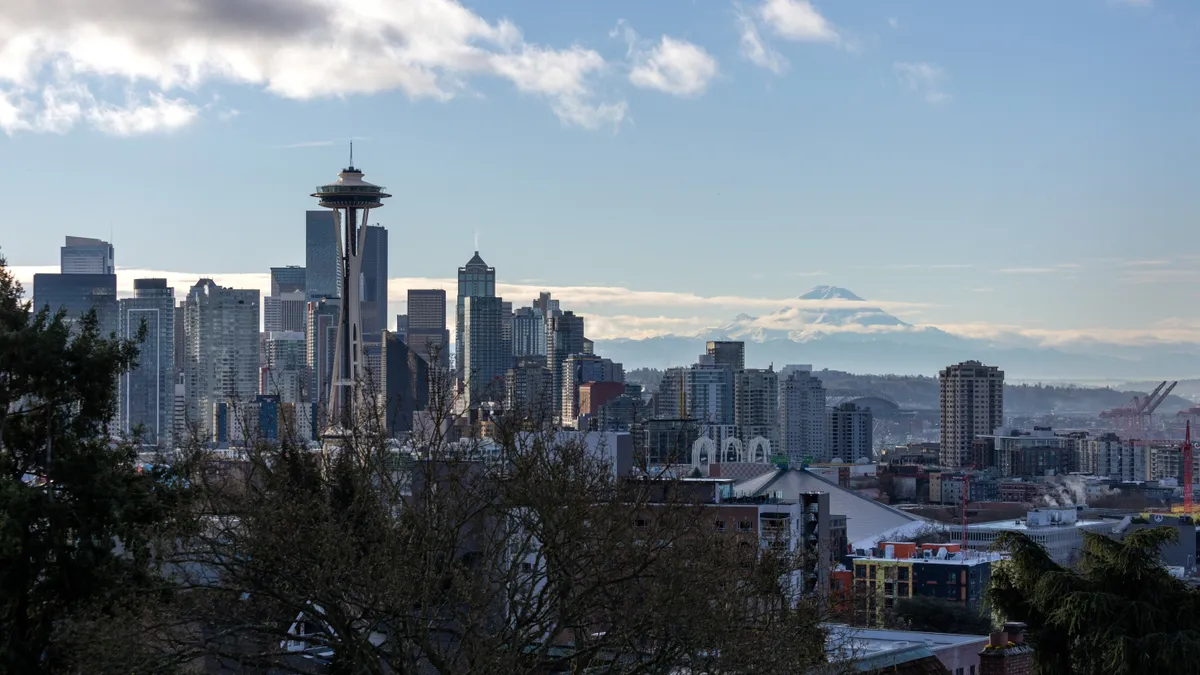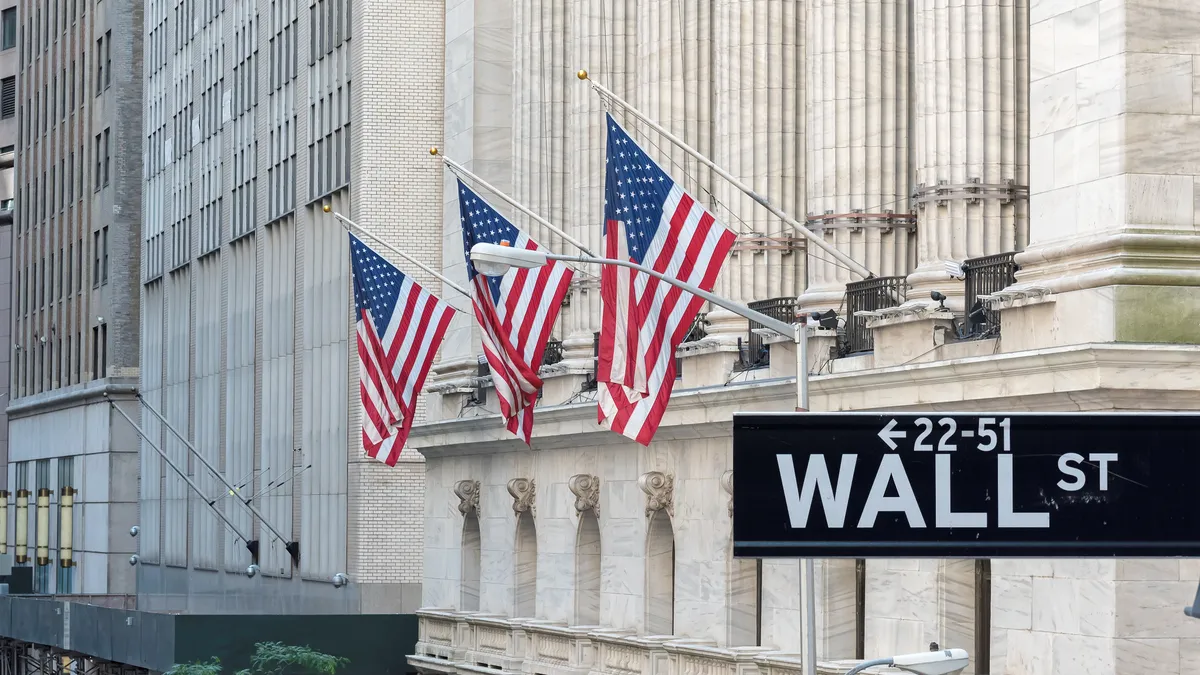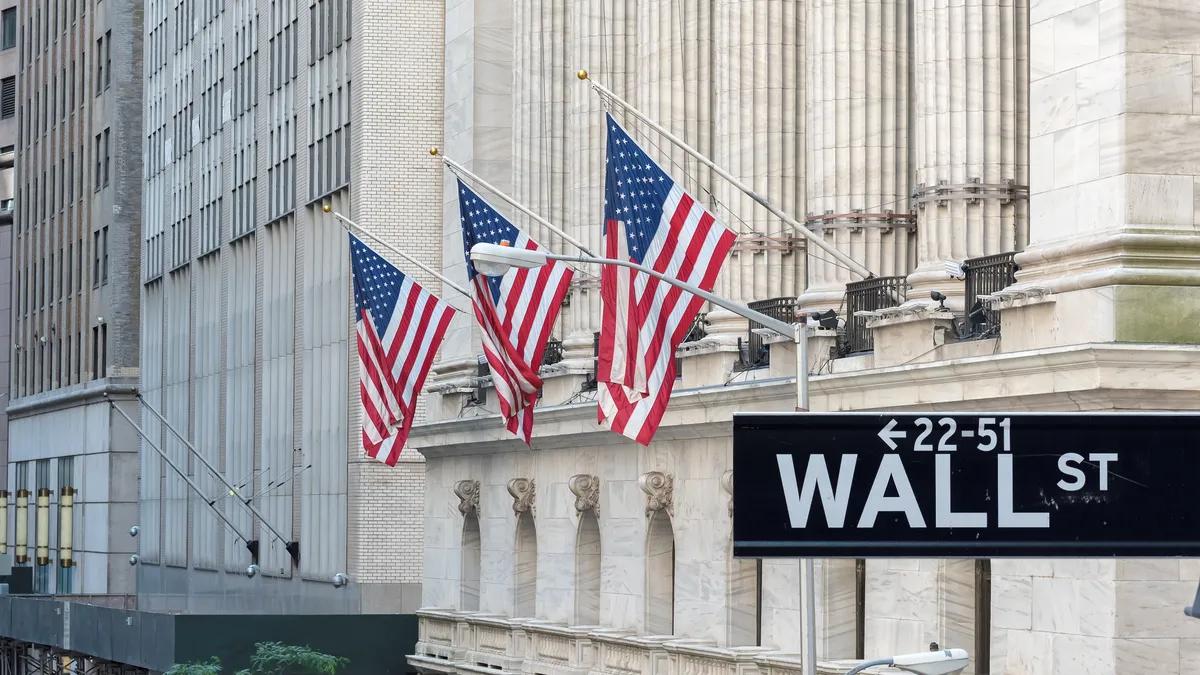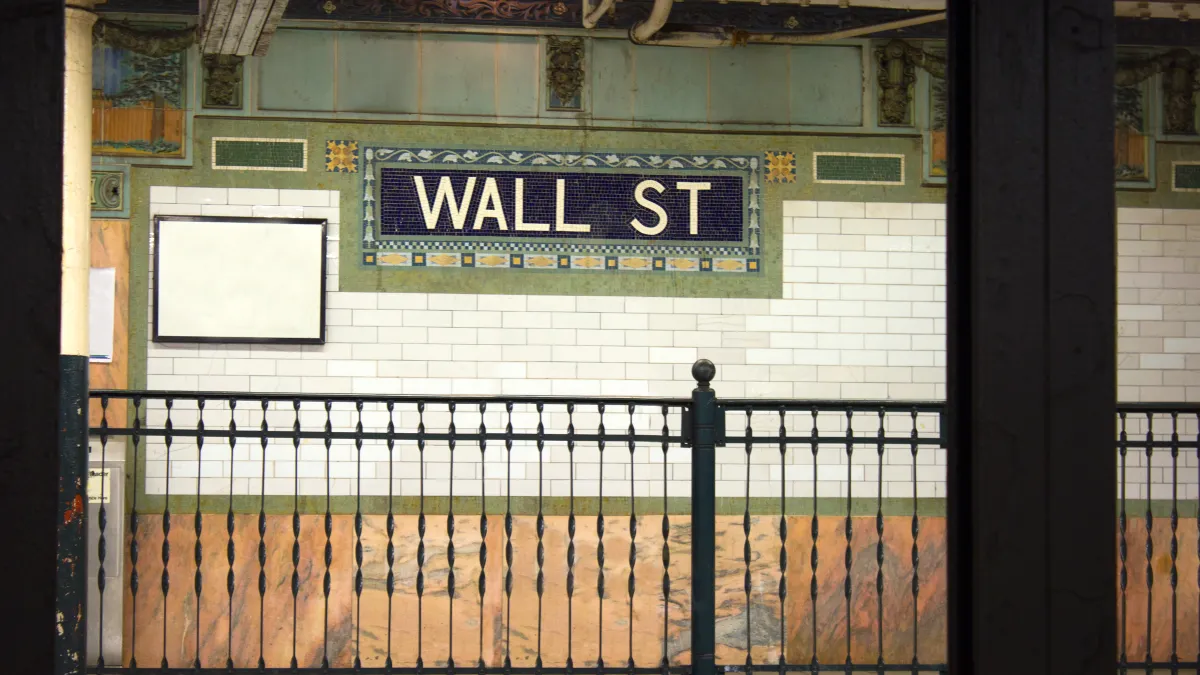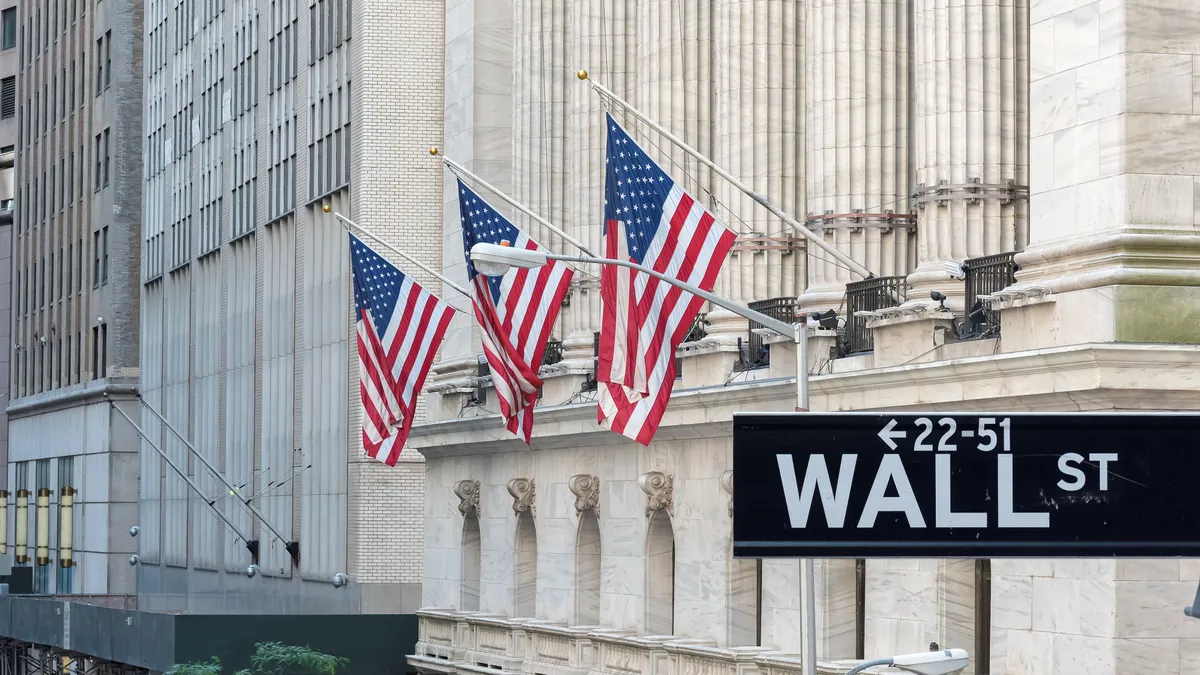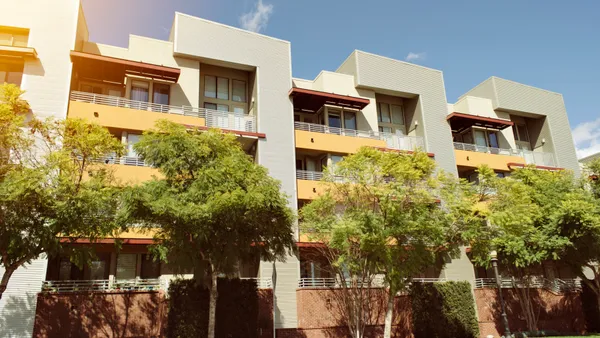As some of its competitors dealt with new supply in their markets in the third quarter, AvalonBay Communities was relatively well positioned to weather the storm.
Seventy percent of the Arlington, Virginia-based REIT’s portfolio sits in the suburbs, and those properties are primarily in suburban coastal markets, where it can be difficult to build. AVB expects new deliveries of approximately 1.5% of existing stock in its established regions.
In the submarkets where it owns, new supply will be roughly 1% of existing apartments, which is lower than many areas, especially in the Sun Belt. Right now, for instance, in Charlotte, North Carolina, 36,575 units are under construction, which will grow the existing base by another 3.9%, according to RealPage.
“This bodes well for revenue growth in all market cycles, but is a particularly valuable attribute of our portfolio if we experience a weaker economic environment during 2024,” said AVB Chief Operating Officer Sean Breslin during an earnings call last week.
That lack of supply in its markets also benefits AVB’s new developments. The REIT had five properties in lease-up during Q3. Cumulatively, their rents are $485 per month higher than initial underwriting, a 17% bump.
Development was only one theme for the company last quarter. Here are three other takeaways from AVB’s earnings report and call.
Increased return requirements
As it underwrites new construction, AVB has raised its return requirements for new development over 100 basis points over the past year to the mid-to-high 6% range. “We're really trying to preserve that spread of 100 to 150 basis points between cap rates and development yields,” said Matt Birenbaum, AVB’s chief investment officer.
Birenbaum acknowledged that it's hard to know where cap rates are today. “With the current rise in rates, it's a little bit of a guess,” he said. “But if you think cap rates are maybe in the mid 5’s then that would translate into development yields in the mid-to-high 6’s to preserve that spread.”
In markets like Dallas, where AVB can buy assets below replacement, acquisitions make more sense. But development can provide the necessary returns in places like Princeton, New Jersey.
“There are certain markets and certain projects that we've been able to structure for new development where we're able to obtain sufficient spreads,” AVB CEO Ben Schall said.
AVB may begin a project or two in the fourth quarter and expects to reach a total of around $800 million worth of starts this year, a modest level compared to its long-run averages. “We are 95% match funded on development underway, which means all of that capital has already been raised at an attractive initial cost and allows us to deliver projects in 2024 and 2025 that will generate significant earnings and value,” Birenbaum said.
Next year, the REIT will again take a cautious approach. “When you think about 2024, [new starts are] probably more back-half weighted based on how the capital markets evolve and our access to and pricing of new capital that would fund that business,” Birenbaum said.
Decelerating demand
Like Memphis-based MAA, AVB saw move-outs to purchase a home fall throughout its portfolio, dipping from the mid-teens to below 10%. Existing home sales in its regions fell by roughly 25% over the past year, according to Breslin.
AVB is seeing renewal lease rate growth at around 4% to 5% as it approaches the end of the year, and it has made building occupancy a focus. Breslin expects effective market rent growth in the 2.5% range for 2023.
“What we've seen in the back half of this year is slightly less seasonality across most markets with one exception being Northern California,” Breslin said. “That has been more seasonal than normal, relative to its history.”
BY THE NUMBERS
| Category | Q3 | YOY Change |
| Total revenue | $642 million | 5% |
| Net operating income | $432.9 million | 5.3% |
| Operating expenses | $202.8 million | 5% |
| Funds from operations | $2.48 | 0.8% |
| Average rent | $2,962 | 5.4% |
| Economic occupancy | 95.7% | -0.2% |
SOURCE: AvalonBay
A number of factors, including workers still not going back to the office, are issues. “In Northern California — most concentrated in San Francisco — which is only 30% of our current portfolio, things did soften, particularly as we got to mid-September into October,” Breslin said.
Overall, Breslin expects the rental market to decelerate into 2024 as slower job and wage growth, oil prices and interest costs weigh on the market. “There are a number of macro factors that appear to be more headwinds,” he said.
Acquisitions and dispositions
In the second half of 2022 and into 2023, AVB shifted to become a net seller of properties. A portion of the proceeds from those dispositions will be used to fund acquisitions. So far this year, the company sold $445 million in properties at a blended average cap rate in the high 4% range.
“Those were sold and priced throughout the year — better pricing earlier in the year, softer pricing later in the year,” Birenbaum said.
In the past 60 days, AVB bought three assets — in Dallas and Charlotte — for approximately $275 million with cap rates in the mid-4% range.
“In no cases were the sellers distressed,” Birenbaum said. “In one of those cases we did assume some debt, which probably gave a little boost to the price.”
AVB is purposefully buying properties with a much more affordable price point, which Birenbaum said gives it a much better growth profile. It sold four properties with an average age of 25 years out of its established regions for around $450,000 a unit with rents at $3,300 a month.
The assets it bought carried an average age of seven years, had rents of $1,700 and cost $245,000 a door.
Schall said the REIT is not seeing distressed buying opportunities yet, but that could change. “We do expect there to be some dislocation that comes through the system,” he said.
Click here to sign up to receive multifamily and apartment news like this article in your inbox every weekday.







